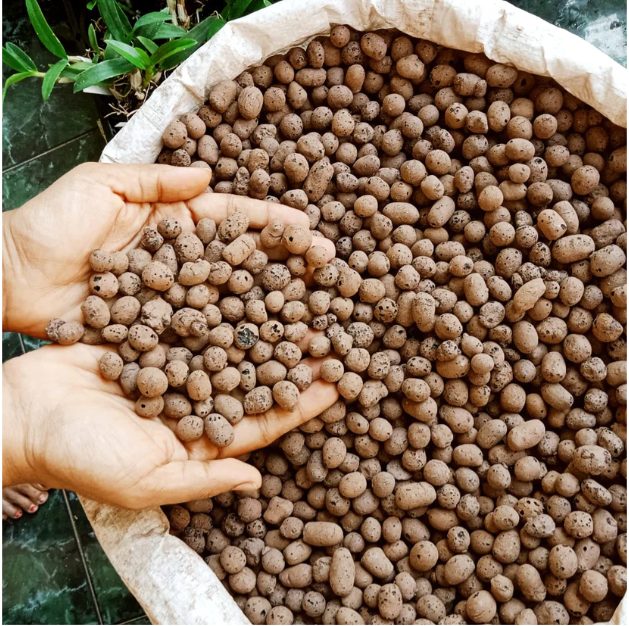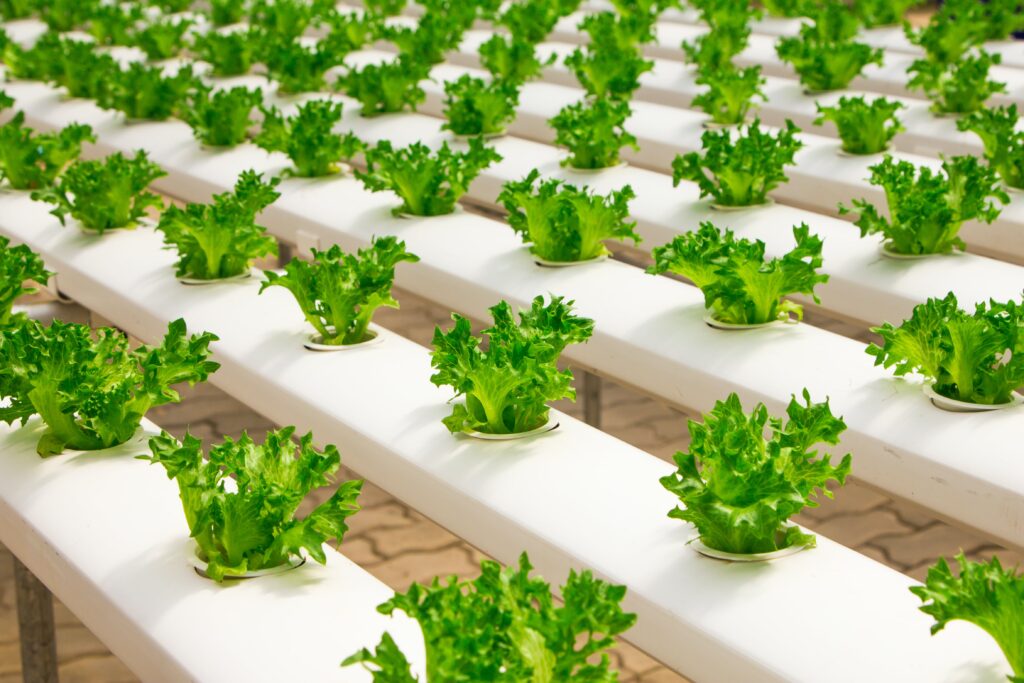Introduction:
Welcome to the fascinating world of LECA, an acronym for Lightweight Expanded Clay Aggregate. It is a versatile material widely used in various applications, with its roots in the construction industry and a growing presence in gardening, particularly in hydroponic systems.
In this comprehensive guide, we’ll delve into the production, physical properties, benefits, disadvantages, applications, and plant preferences associated with expanded clay aggregates.

What is LECA?
LECA is a lightweight aggregate made from clay that undergoes a process of expansion through heating. This results in a porous, lightweight structure that is ideal for a range of uses.
Its physical properties, including low density and high porosity, make it a valuable material in different industries. One of its notable applications is in hydroponic gardening, where its unique characteristics contribute to plant growth.
LECA Production:
The process of making LECA involves heating clay pellets at high temperatures, causing them to expand and form a lightweight, porous structure.
This expansion process creates air pockets within the aggregate, giving it excellent insulation properties.
The result is a material that is not only lightweight but also provides aeration to plants.
Physical Properties:
LECA is known for its lightweight nature, making it easy to handle and transport. Its porous structure allows for efficient water retention and drainage, preventing overwatering and root rot.
Additionally, the high porosity of expanded clay aggregates promotes aeration, ensuring that plant roots receive an optimal supply of oxygen.

Hydroponic Gardening:
Hydroponic gardening is a method, where we grow plants without soil, using a nutrient-rich water solution that runs through a connection of pipes (usually tilted in one direction to keep the water moving with the help of gravity).
Lightweight expanded clay aggregate is a popular choice as a hydroponic growing medium due to its ability to retain water and nutrients while providing essential aeration to plant roots.
This results in healthier and faster plant growth compared to traditional soil-based cultivation.
Benefits:
Expanded clay aggregates offers several advantages, making it a preferred choice for many gardeners. Let’s explore these benefits in detail.
Reduced Risk of Pests:
One significant advantage of using LECA in gardening is the reduced risk of pests. The absence of soil eliminates a common habitat for pests, minimizing the likelihood of infestations. This benefit contributes to a healthier and more controlled growing environment.

Easier Plant Care:
LECA simplifies plant care by providing a clean and easily manageable medium. The absence of soil makes it easier to monitor and maintain plant health.
Additionally, the lightweight nature of expanded clay aggregates, facilitates the rearrangement of plants without the mess associated with traditional soil-based gardening.
Increased Aeration:
Aeration is crucial for root health, and LECA excels in this aspect. The porous structure of clay aggregates promotes enhanced aeration, ensuring that plant roots receive an ample supply of oxygen.
This increased aeration stimulates root development and overall plant growth.
Disadvantages:
While it offers numerous benefits, it’s essential to consider potential drawbacks associated with its use.
Higher Initial Cost:
One notable disadvantage of LECA is its higher initial cost compared to traditional growing mediums like soil.
The production process and lightweight properties contribute to the overall expense. However, many users find that the long-term benefits justify the initial investment.
More Work to Get Started:
Transitioning to LECA may require additional effort initially, especially when converting from traditional soil-based gardening.
Gardeners need to acquaint themselves with the unique characteristics of expanded clay aggregates and adjust their cultivation practices accordingly.
Restricted Pot and Fertilizer Choices:
The use of LECA may limit the choice of pots and fertilizers. Certain containers and fertilizers may not be suitable for use with expanded clay aggregates, requiring gardeners to adapt their equipment and nutrient choices to maximize the benefits of this aggregate.

Applications of LECA:
Beyond gardening, it has applications in the construction industry and various horticultural practices.
Construction Industry:
Its lightweight and insulating properties make it an ideal material in the construction industry.
It is used in concrete production, providing a lightweight alternative that reduces the overall weight of structures. Additionally, LECA is employed in geotechnical applications to improve soil structure and drainage.
Gardening:
LECA’s use in gardening extends beyond hydroponics. It can be incorporated into traditional soil-based gardens to enhance aeration and water retention. The versatility of it makes it suitable for various plants, from ornamentals to edibles.
Plant Preferences:
Certain plants thrive in clay aggregates , capitalizing on its unique properties. Orchids, succulents, and various herbs are examples of plants that do exceptionally well in a LECA-based growing environment.
The adaptability makes it a valuable asset for cultivating a diverse range of plant species.
Conclusion:
In conclusion, LECA stands as a versatile and innovative material with applications ranging from construction to gardening.
Despite its higher initial cost and the need for adjustments in cultivation practices, the benefits of reduced pest risk, easier plant care, and increased aeration make it a compelling choice for many enthusiasts.
Whether you’re a hydroponic gardener, a construction professional, or an avid plant lover, exploring the world of LECA opens up new possibilities for sustainable and efficient cultivation practices.
As we continue to uncover the potential of this remarkable material, it’s evident that expanded clay aggregates are paving the way for greener and more resilient approaches to gardening and construction alike.


